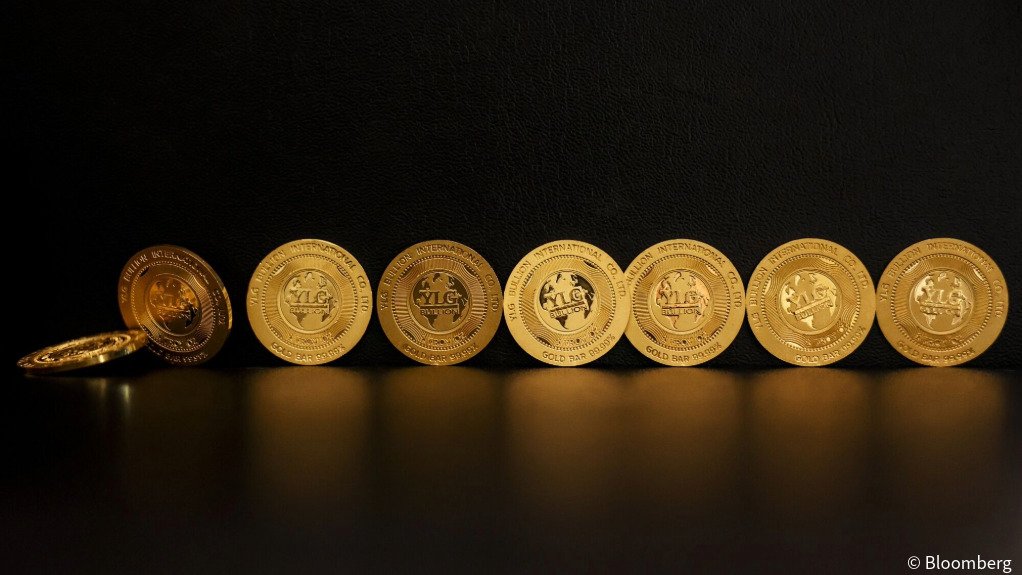





As of November 25, 2024, the investment landscape has shifted significantly following the recent U.S. election, with contrasting performances observed between gold and Bitcoin. Gold prices have seen a notable decline, dropping over 8% from their peak earlier this year, currently trading around $2,600 per ounce. This downturn is attributed to the resolution of the U.S. election, which has reduced political uncertainty and led to a stronger U.S. dollar, making gold more expensive for foreign buyers [8dc43fe3]. Nicky Shiels, Head of Research & Metals Strategy at MKS PAMP, anticipates that gold could drop further to $2,500 as the initial excitement surrounding the election fades [9936ea13].
In contrast, Bitcoin has gained significant traction as a digital store of value, with its price rising 10% last week and up 45% since Trump's victory, currently trading above $83,000. The iShares Bitcoin Trust ETF has surpassed $40 billion in assets, reflecting a growing preference for cryptocurrencies over traditional safe-haven assets like gold [8dc43fe3]. Analysts have noted that gold's performance following Trump's victory has been the weakest in 13 election cycles, with prices dropping about $230 since the record high [43dfc142].
Rupert Thompson, Chief Economist at IBOSS, has expressed a preference for gold over Bitcoin for investment portfolios, despite Bitcoin's recent surge. He highlights that global equities rose 1.4% last week, with UK markets up 2.2% in sterling terms, while UK inflation rose to 2.3% from 1.7% [e99b51a1]. Goldman Sachs analysts have urged investors to consider gold as a hedge against potential inflation risks stemming from Trump's policies, which may lead to increased tariffs and consumer prices [fbd31a04]. They project that gold prices could rise to $3,150 per ounce by the end of 2025, driven by inflation concerns and geopolitical risks [fbd31a04].
Despite the short-term declines, the long-term outlook for gold remains positive, with expectations that central banks, including China and Russia, will continue to buy gold as a reserve asset. Matt Miskin from John Hancock Investment Management characterizes gold as a contrarian investment, suggesting that the recent sell-off may present a buying opportunity for long-term investors [7a38f96a].
As the economic landscape evolves, the interplay between currency strength, inflation fears, and demand for gold as a safe-haven asset will be closely monitored. The contrasting trends of Bitcoin and gold highlight a shift in investor sentiment, with cryptocurrencies gaining traction in the current market environment [8dc43fe3]. Both Bitcoin and gold may coexist, offering unique benefits to investors navigating the complexities of today's financial landscape.